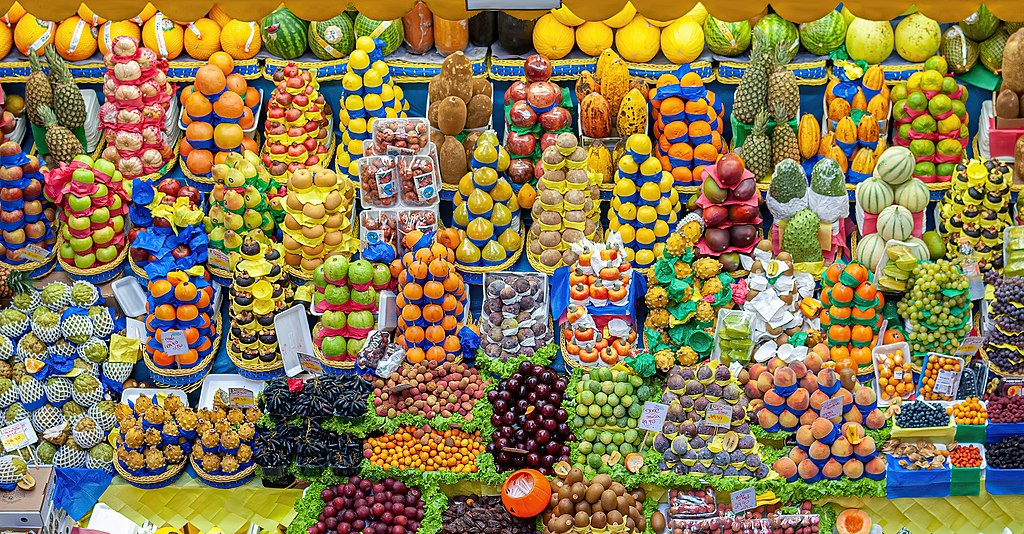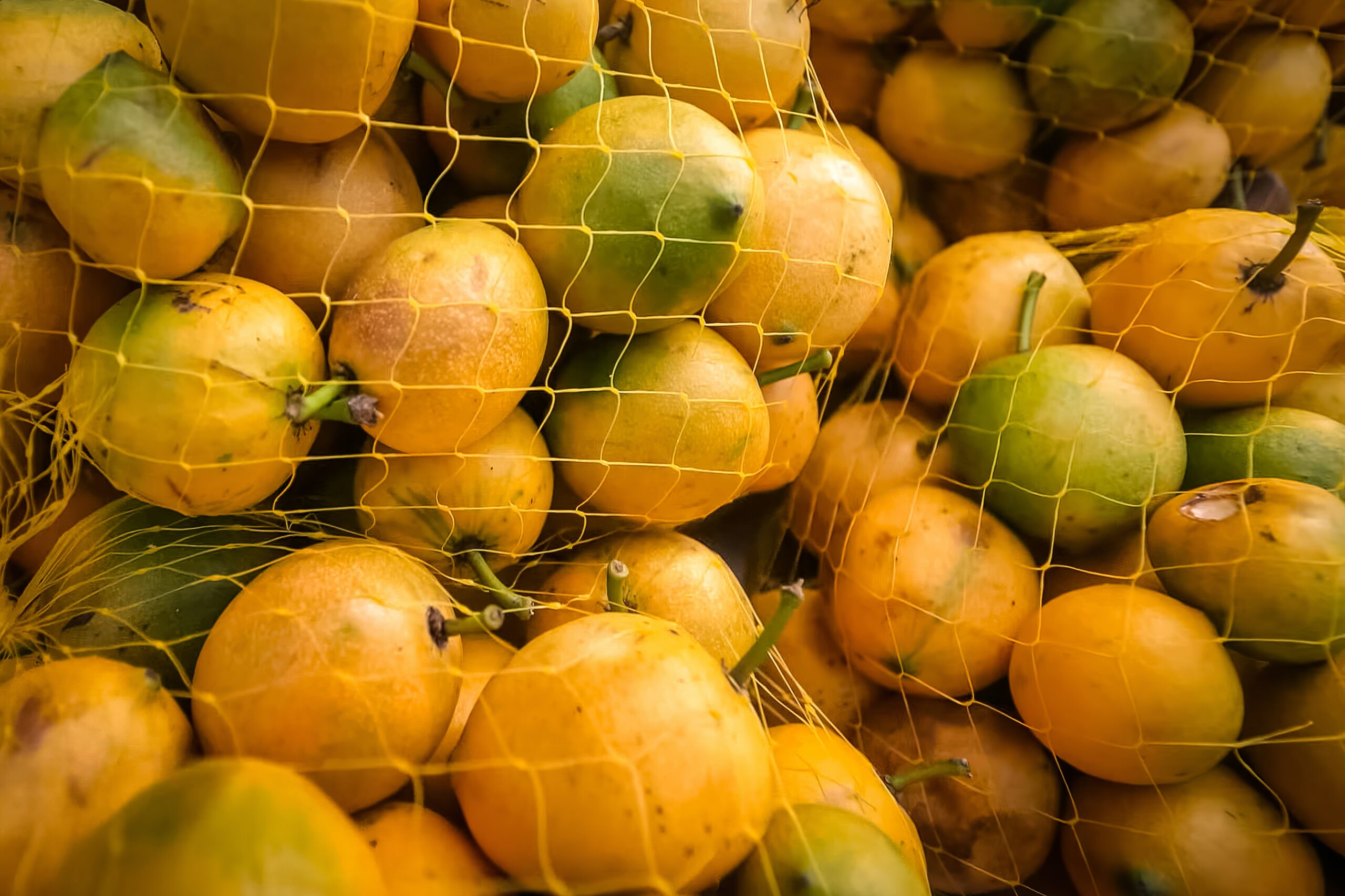South America is renowned worldwide for its well-known countries and the continent’s exotic fruits and vegetables – which contributed significantly to the variety and uniqueness of sweet and savory foods across the globe. In addition, many dishes that we now regard as essential components of cuisines around the world have South American roots; potatoes, tomatoes, and chillies are a few examples.
Many people want to travel to South America to try its unique local delicacies, especially its fruits. Generally, the continent’s weather is primarily hot and humid. Nonetheless, they grew and cultured thousands of different fruit varieties – specifically those in the regions near the Amazon rainforest.
Listed here are some of the fruits that South America has grown:
1. Tamarillo (Blood Fruit): It is a vivid red fruit that is native to the forests of Peru, Colombia, and Ecuador. It resembles its close relative – the tomato – in a number of ways. Despite the tamarillo’s eye-catching vivid, blood-red skin, its bitter and rough skin is rarely eaten and must instead be peeled. These are used in a variety of cuisines, both savory and sweet. South Americans adore tamarillo fruit in everything from ice cream to other desserts.
2. Maracuya (Yellow Passion Fruit): Within its thick, yellow shell, there is a juicy pulp that is bright orange in color and flecked with brown seeds. It tastes sour with a hint of flowery aftertaste. Compared to purple passionfruit, yellow passionfruit are larger – about the size of a grapefruit. They are perfect for various cuisines because they also have a richer, sweeter aroma. Sorbets, jams, fruit salads, sauces, and toppings for different sweets and drinks contain maracuya. This exotic fruit is also used in savory desserts like pies and cakes.
3. Araza (Amazonian Pear): It is a rare fruit that grows in Ecuador, Brazil, and Colombia’s Amazon rainforest. Araza is about the size of an orange and has a vibrant yellow color when ripe. The fruit, covered in a print peel, tastes both highly sour and slightly sweet. However, its peculiar flavor, creamy consistency, and extremely pleasant aroma make it the ideal ingredient for a variety of South American dishes.
4. Uchuva (Cape Gooseberry): This is a brilliant and complex fruit; it is a native of Colombia and can also be found in Peru. The gooseberry’s husk can’t be eaten, but the fruit itself has a complex flavor that combines an acidity similar to tomatoes with a sweetness resembling grapes, peaches, or strawberries. In addition to being used in a variety of savory and sweet cuisines, they can be consumed raw.
5. Feijoa (Pineapple Guava/Guavasteen): It is a fruit rich in vitamins, minerals, and antioxidants. Its off-white, creamy flesh has a flavor that is similar to a sweet blend of strawberry, pineapple, and guava and is encased within a thin, green, slightly sour skin. Guavasteen is a delicious and enticing complement to a variety of Latin American recipes because of its pleasant, fragrant aroma, which has floral undertones. Guavasteen can be consumed raw, added to salads, smoothies, sorbets, and a variety of savory and meat-based foods as a flavoring or garnish. It is one of the sweetest and tastiest fruits from South America.
6. Jabuticaba: It is the magnificent fruit of the Brazilian grape tree, which grows naturally on the strong, curving trees that support the beautiful rainforests all around the country. These glossy grape-like orbs of flavor are gorgeous to look at. Although their delicate peel can be eaten, many people find the tangy and acidic flavor a bit overwhelming. You can also find white jabuticabas, whose flesh has a somewhat sourer, more lychee-like taste. The crunchy seeds are edible and are a common ingredient in jams, marmalades, jellies, juices, and many other sweet foods.
These are only a few of the thousand wide varieties of fruits that South America could offer. More amazement, surprise, and flavor are revealed as you explore, and this is undoubtedly true with its delicious foods and interesting fruits.
Conclusion:
A continent like South America never ceases to provide. Their fruits had a significant historical impact, helping to establish people’s diet and way of life for a couple of years. There is much to be enthusiastic about when it comes to the fruits of South America, as despite the continent’s humid weather, they managed to grow fruits that are now used in a vast range of both sweet and savory cuisines worldwide.



